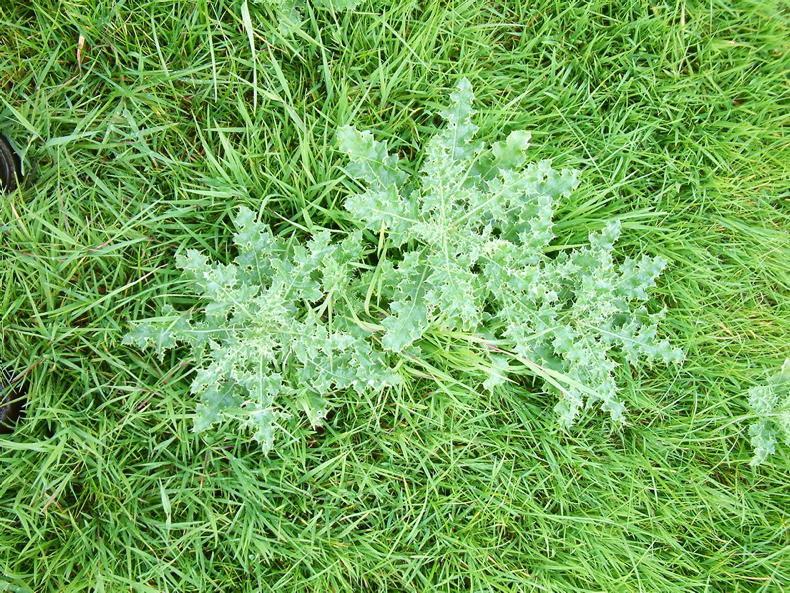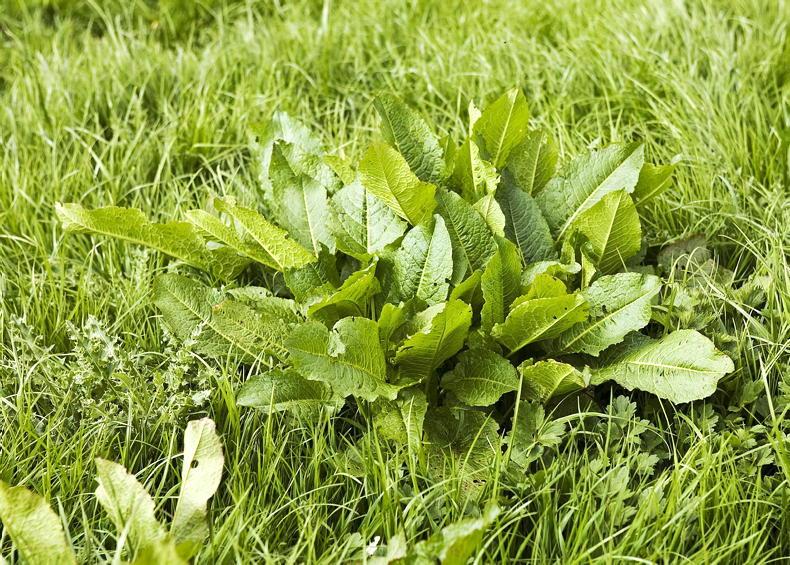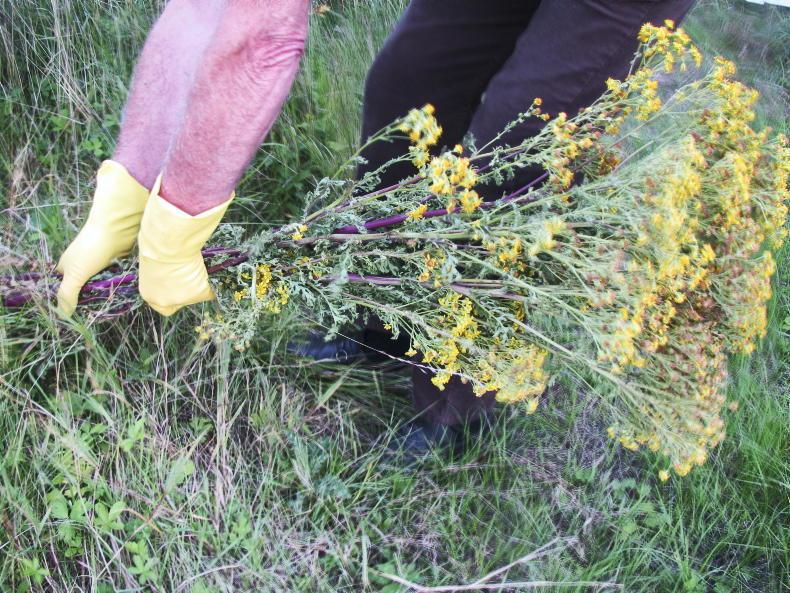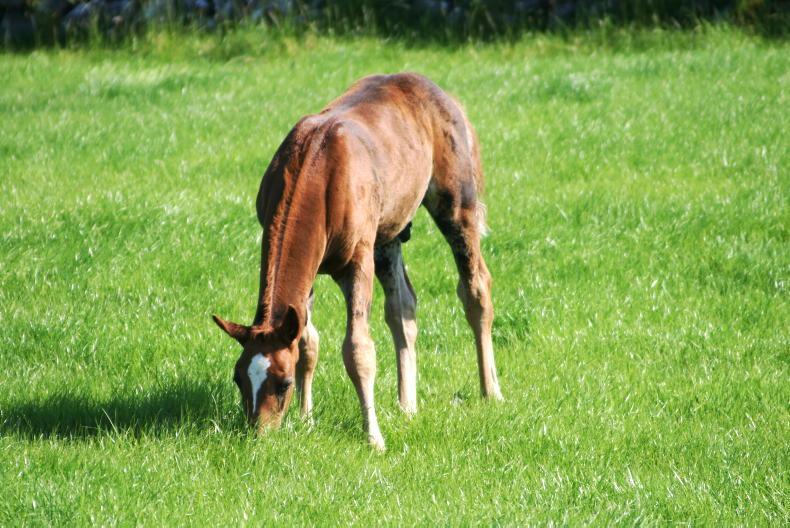GRASSLAND management practices such as drainage, fertility, grazing, topping and mowing are very important when it comes to controlling weeds. All of these reduce seed return while encouraging the grassland to be competitive and dense which is the key to keeping weed numbers at a level that will not impact on your grassland productivity. Perennial plants such as docks, creeping thistle etc. are genetically primed to survive via their underground root systems. These underground root systems make control very difficult and usually require repeated interventions. It may be the case that the weeds become so numerous that re-seeding is required.
Ragwort


 This is a subscriber-only article
This is a subscriber-only article
 It looks like you're browsing in private mode
It looks like you're browsing in private mode










SHARING OPTIONS: